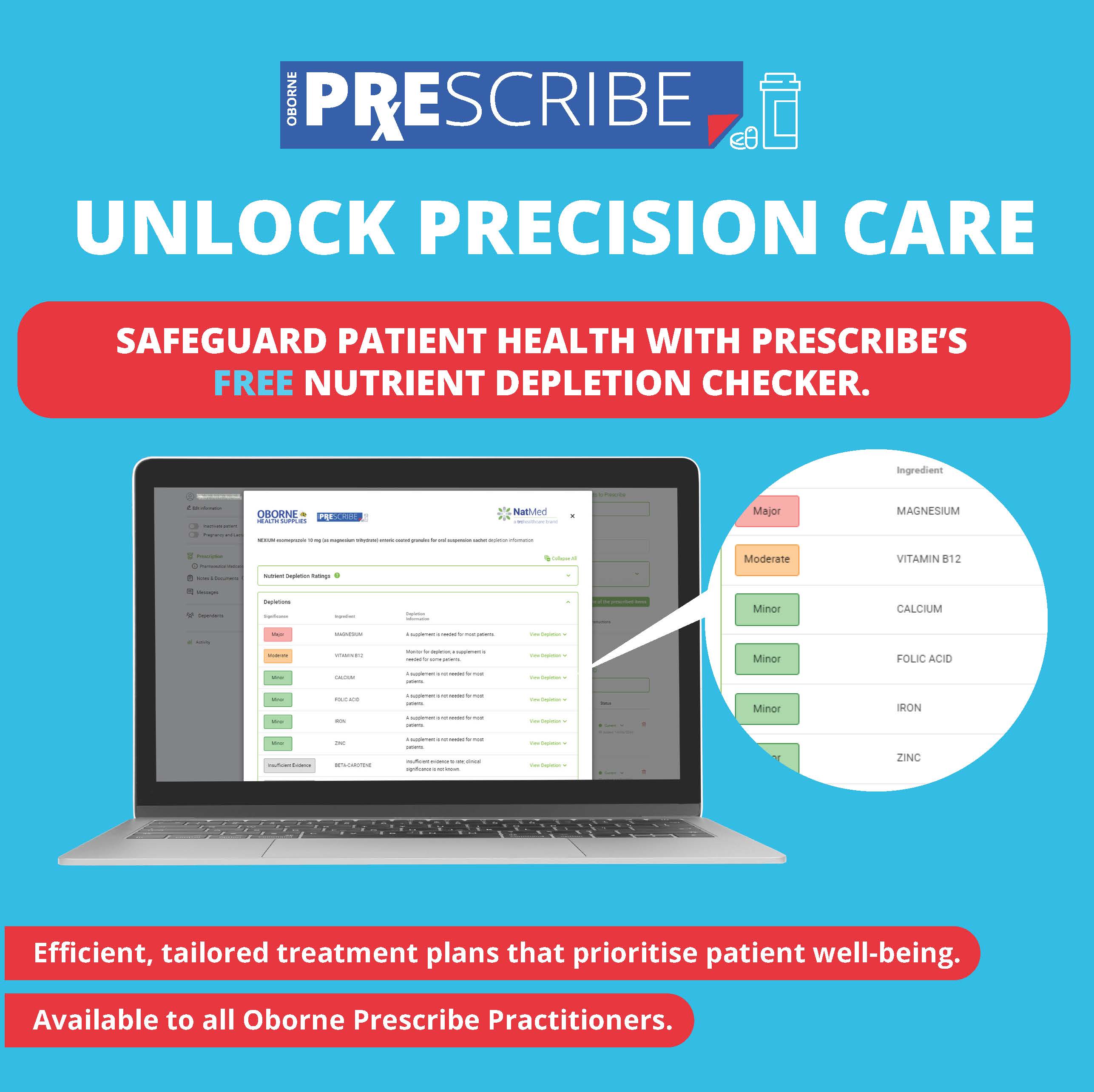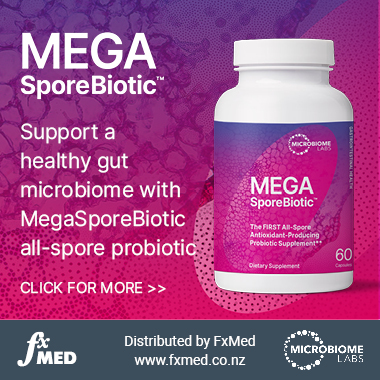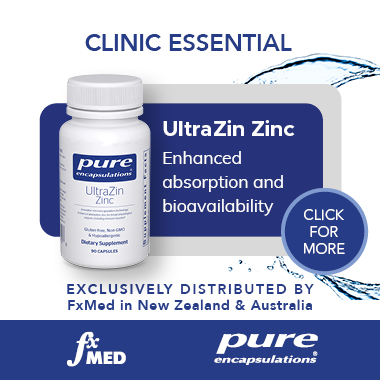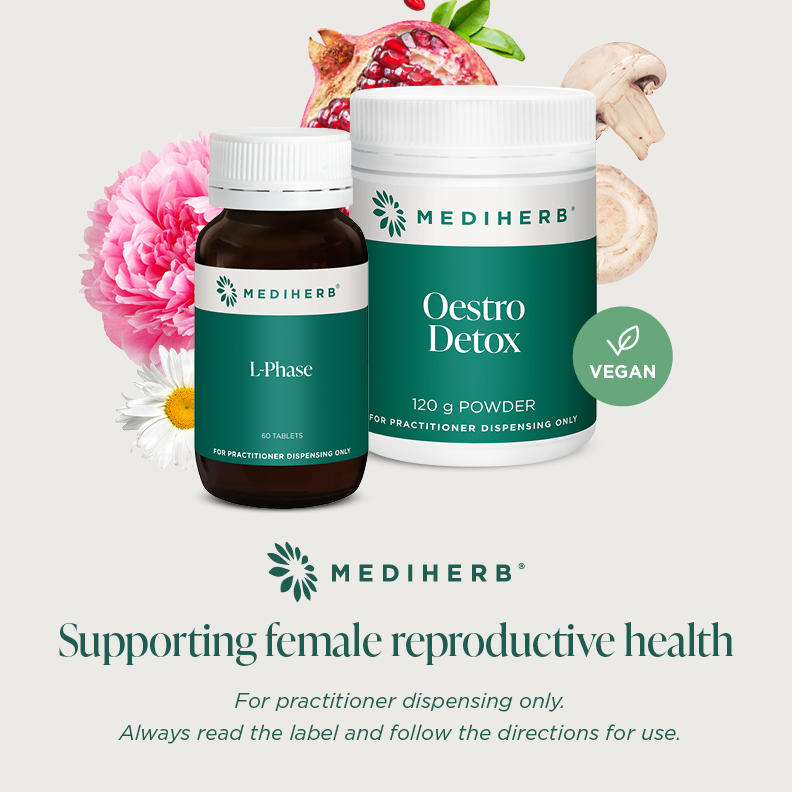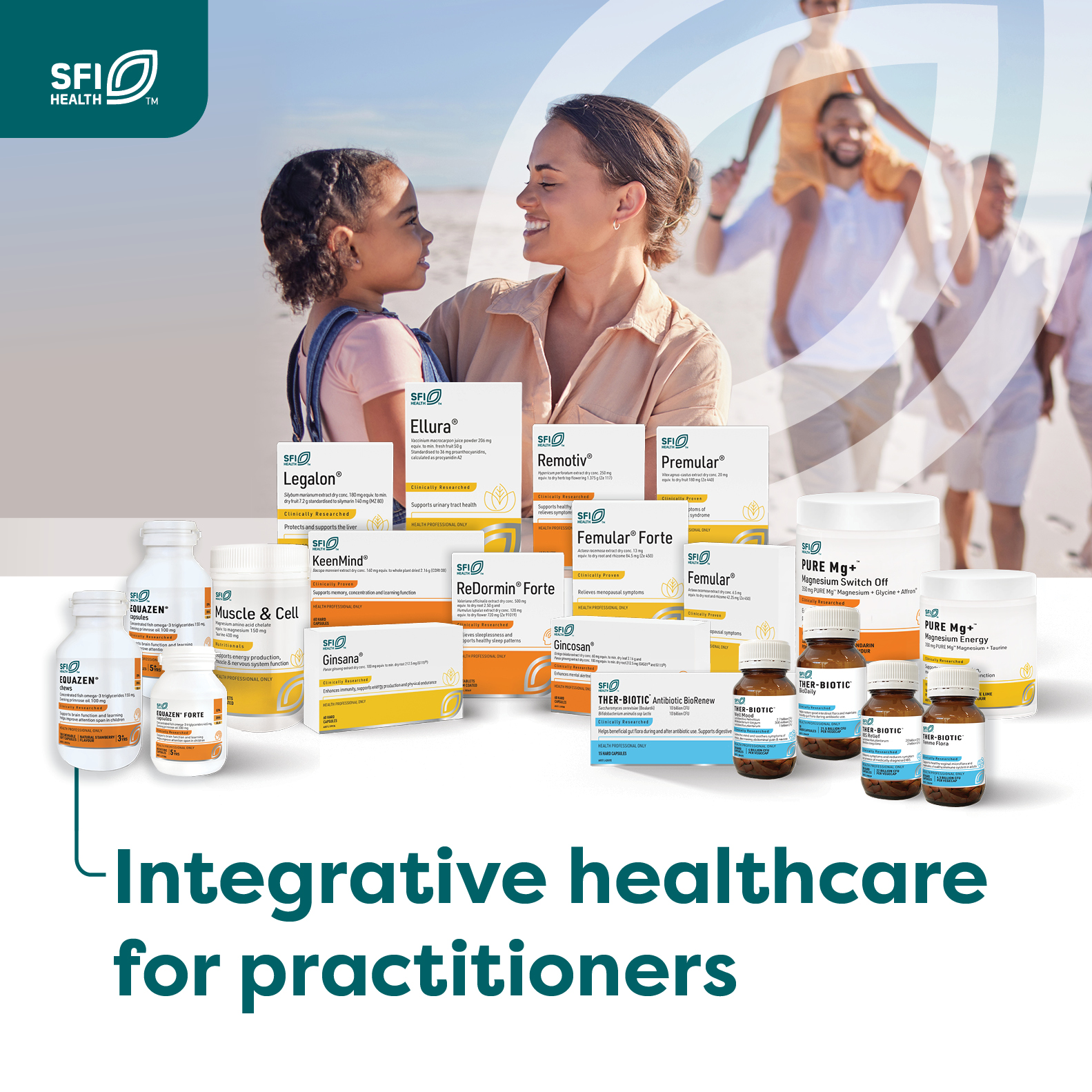Volume 33 Issue 4
Editorial
Susan Arentz
For referencing Arentz S. Editorial. The Australian Journal of Herbal and Naturopathic Medicine 2021;33(4):152-153.
DOI https://doi.org/10.33235/ajhnm.33.4.152-153
IV concoctions of vitamins and minerals, is more really more?
In an effort to meet Australian and New Zealanders increasing desires to boost wellbeing and prevent disease, medical and nursing practitioners are providing intravenous infusions containing combinations of vitamins, minerals and nutrients in retail and home settings.1 These health practitioners feel that their services, apparently already sourced by over 30,000 people, provide increased absorption and tissue saturation, prompting the body to ‘nourish itself’. From our naturopath and herbalist perspectives, benefits to our patients not having to take supplements each day and reducing the load of excipients on digestive tract function, may warrant referral. But how safe is it?
Evidence from systematic reviews and small RCTs shows fairly-high safety profiles for some intravenous (IV) nutrients including vitamin C in people with cancer,2-4 or when critically ill in hospital,5 6 and when used to reduce fatigue, pain and depression in cancer,2 or long covid7, and for zinc in critically ill patients with SARS-CoV-2.8 However, the evidence of safety for IV administration of combinations of vitamins, minerals and nutrients is definitely scant. There does not appear to be any scientific evidence showing the long-term safety of high dose IV nutrients to boost wellness or prevent disease in apparently healthy people. Yet, there is evidence of harm, particularly for people with sub-clinical disease. For example in people with pancreatitis, using IV combinations of antioxidants (selenium, vitamin C and n-acetyl cysteine) in the acute phase was shown to increase the risk of end organ failure and death, compared to placebo infusions.9 Plus, increased risk of beta carotene in people who smoke has been repeatedly demonstrated with orally ingested supplements. The infamous beta-carotene for prevention of lung cancer found that smokers actually had a 21% higher incidence when taking beta carotene at 3mg per day, which was considered a high dose.10 In this case, the proposed pathogenic mechanism was attributed to the instability of beta-carotene in oxidative conditions, such as in the lungs of smokers, and its reaction, in these conditions, to a pro-oxidative state.11 Supplementation with beta-carotene was like poring petrol on fire, generating more free-radicals, damaging DNA and fuelling replication of lung cancer cells. Imagine if it was administered at intravenous doses with 100% absorption. It isn’t the first time that more turned out to be less.
Higher doses are no more effective than lower doses of other nutrients too. Two quick examples - Zinc was found to effectively boost immunity by raising lymphocyte count at only 15mg’s per day compared to the (estimated) minimum therapeutic dose recommendations in respiratory infections of 75mg per day12 and inositol, when used to lower androgens in PCOS, was just as effective at doses of 200mg compared to 4 grams.13 This phenomenon depicts dosage effects in human beings as non-linear, that more is not necessarily more. The human body is far from being a passive sponge with nutritional depletion and monthly repletion requirements. It is instead complex, with multifactorial, iterative and interactive processes, with changeable influences and barriers at any given time.
Although IV nutritional supplementation is a natural medicine approach that falls within scope of naturopathy, and it is provided by licenced naturopaths in the US and Canada, in principle it goes against naturopaths and herbalists concepts of human health.14 We have a use it or lose it approach that draws on the bodies innate homoeostatic capacity from rich diets, healthy lifestyles, plant based medicines and nutritional supplements that interact and shape digestion, assimilation, intra and extracellular biology, function, detoxification and elimination, and support the inherent internal and external balance that connects us to natural environments and each other, fostering lifelong health. Although IV supplementation may have its place as a stepped-up option for people with serious illness, it’s role in wellness and preventative healthcare is not confirmed and the associated risks may be concealed by commercial interests. It is an opportunity for naturopaths to speak-up, contribute and participate in public health discourse. As healthcare experts we are qualified to outline the strengths and limitations of IV nutrition. This could speak directly to peoples’ emotional drivers for optimal health and disease prevention and potentially inform feasible and sustainable health behaviours.
As this year of uncertainty draws to an end, I never expected to say that the journal has been overwhelmed with manuscript submissions. One good thing to come from staying home and reflecting. I’d like to thank you for your continued support. The AJHNM has developed from issues of mostly commentary, to issues of original research showing that we are not only consumers of evidence, but generators also. It supports the development of evidence-based naturopathy and herbalism.
This issue includes the synopsis by of an article by Kim Graham and her PhD supervisors that articulates naturopath’s conceptualisation and case analyses. It emphasizes complexity and the use of mind maps as a strategy to collect and manage diffuse and often large volumes of clinical information. Complexity in naturopathy is a part of Kim’s PhD and a pivotal differentiating factor for naturopathy as a health discipline. Congratulations Kim and thanks for writing the synopsis to publish in the AHJNM.
A systematic review of in vitro and in vivo evidence for prevention and treatment of oral squamous cell carcinomas found 29 investigations met the pre-specified inclusion criteria. Positive therapeutic actions were found for several herbal medicines and dietary components. Congratulations to Agha-Hosseini and colleagues in identifying evidence supporting adjunct therapy.
An integrative literature review comparing the efficacy of Withania and St Johns for treatment of stress and anxiety is also included in this issue. An integrative review transparently summarises all of the past and current evidence, evaluates strengths, limitations and knowledge gaps and guides future research questions. Congratulations Robert Provino and Dr Larisa Barnes on a comprehensive paper and a successful, collaborative authorship.
Dr Wendy McLean has again summarized the literature in MedJourn and MedPlant, and in the CPE questions. Included were three investigations into therapy for COVID-19 (Curcumin, Nigella and vitamin D) and two related to the effect of the environment on human health showing positive effects on mental health for outdoor activities and the impact of environmental phthalates on lifespan. Also included a study summary conducted by Justin Sinclair and colleagues about cannabis for self-reported pain reduction in women with endometriosis. Enjoy.
Finally, best wishes to you and yours for a peaceful and enjoyable holiday season. Hopefully the year of the tiger will bring us all a lot more certainty.
Susan
Author(s)
Susan Arentz PhD, BHSc(Hons)
Editor, Australian Journal of Herbal and Naturopathic Medicine
PO Box 696, Ashfield, NSW 2131, Australia
Email editor.ajhnm@nhaa.org.au
References
- Drip IV. Drip_IV. Web_based_commercial_pamphlet. Australia, 2021. https://www.dripiv.com.au Accessed November 2021.
- Fritz H, Flower G, Weeks L, et al. Intravenous vitamin C and cancer: a systematic review. Integrative cancer therapies 2014;13(4):280-300.
- van Gorkom GN, Lookermans EL, Van Elssen CH, et al. The effect of vitamin C (ascorbic acid) in the treatment of patients with cancer: a systematic review. Nutrients 2019;11(5):977.
- Stephenson CM, Levin RD, Spector T, et al. Phase I clinical trial to evaluate the safety, tolerability, and pharmacokinetics of high-dose intravenous ascorbic acid in patients with advanced cancer. Cancer chemotherapy and pharmacology 2013;72(1):139-46.
- Shrestha DB, Budhathoki P, Sedhai YR, et al. Vitamin C in Critically Ill Patients: An Updated Systematic Review and Meta-Analysis. Nutrients 2021;13(10):3564.
- Zhang M, Jativa DF. Vitamin C supplementation in the critically ill: A systematic review and meta-analysis. SAGE open medicine 2018;6:2050312118807615.
- Vollbracht C, Kraft K. Feasibility of Vitamin C in the Treatment of Post Viral Fatigue with Focus on Long COVID, Based on a Systematic Review of IV Vitamin C on Fatigue. Nutrients 2021;13(4):1154.
- Patel O, Chinni V, El‐Khoury J, et al. A pilot double‐blind safety and feasibility randomized controlled trial of high‐dose intravenous zinc in hospitalized COVID‐19 patients. Journal of medical virology 2021;93(5):3261-67.
- Siriwardena AK, Mason JM, Balachandra S, et al. Randomised, double blind, placebo controlled trial of intravenous antioxidant (n-acetylcysteine, selenium, vitamin C) therapy in severe acute pancreatitis. Gut 2007;56(10):1439-44.
- Tanvetyanon T, Bepler G. Beta‐carotene in multivitamins and the possible risk of lung cancer among smokers versus former smokers: a meta‐analysis and evaluation of national brands. Cancer 2008;113(1):150-57.
- Mayne ST, Handelman GJ, Beecher G. b-Carotene and Lung Cancer Promotion in Heavy Smokers--a Plausible Relationship? Journal of the National Cancer Institute 1996;88(21):1513-15.
- Hunter J, Arentz S, Goldenberg J, et al. Zinc for the prevention or treatment of acute viral respiratory tract infections in adults: a rapid systematic review and meta-analysis of randomised controlled trials. BMJ open 2021;11(11):e047474.
- Arentz S, Smith CA, Abbott J, et al. Nutritional supplements and herbal medicines for women with polycystic ovary syndrome; a systematic review and meta-analysis. BMC complementary and alternative medicine 2017;17(1):500.
- Graham KD, Steel A, Wardle J. Embracing the Complexity of Primary Health Care: System-Based Tools and Strategies for Researching the Case Management Process. Journal of Multidisciplinary Healthcare 2021;14:2817-26.


